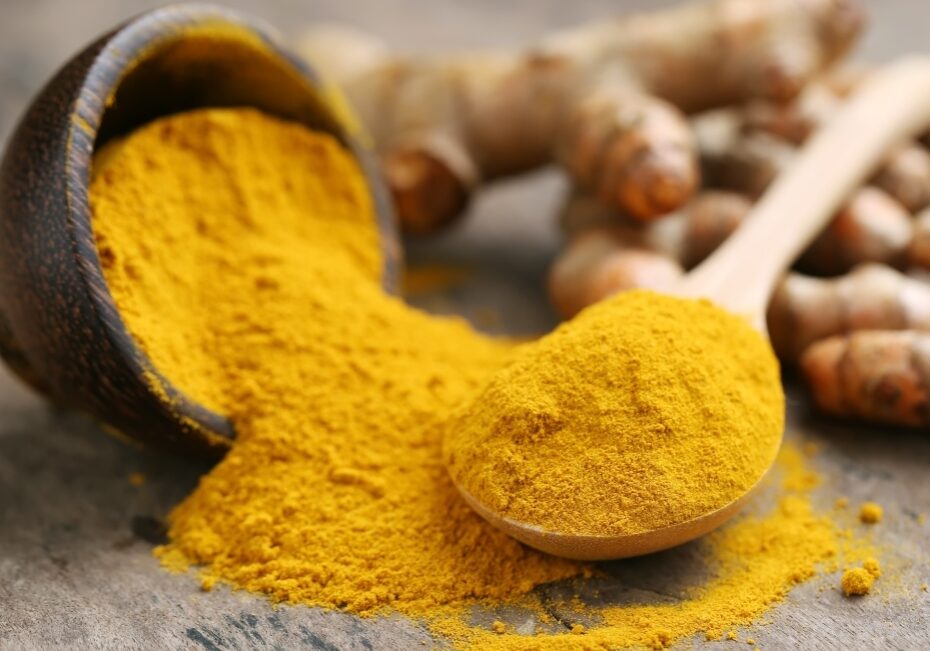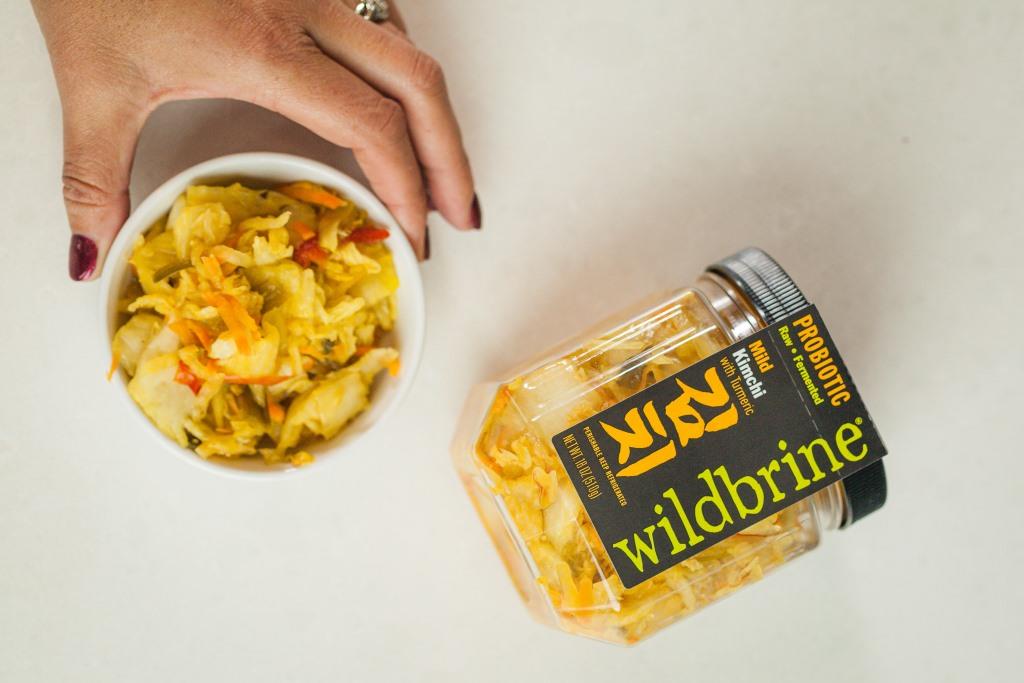Ready for a food trivia challenge? Here goes. Apart from making us want to rush out to the nearest Asian restaurant (fork in hand), what do Moroccan Lamb Tagine, Indian Chicken Tikka Masala, and Bangladeshi Beef Curry all have in common? Even without the not-so-subtle hint in the headline above, anyone who loves experimenting with unique taste sensations probably knows the answer. Widely heralded for its rich golden hues and surprisingly distinctive taste, turmeric has long been a popular and common ingredient in Asian cuisine. And more recently, due to its appealing flavor profile and purported medicinal qualities, this warm, potent spice has gained a lot of traction here in the states as well. What follows is the second article in our three-part global culinary adventure series focusing on authentic traditional ingredients. This week, join us as we explore the many reasons to use turmeric in cooking – today and every day!
What Exactly is Turmeric?
Ask three different people what turmeric is and you might get three different answers: flavor enhancer, healing agent, or edible dye. Ask us, and we’ll tell you turmeric is an essential staple of any well-stocked pantry.
Aromatic Spice
Native to India and Southeast Asia, this ginger-like root veggie can be grated and eaten fresh over salads, steeped in herbal teas, or boiled, dried, and ground into a savory spice. Immediately recognizable for its cheery, sunny color and exotic aroma, turmeric has a flavor that’s hard to pin down. A key ingredient in Asian curry sauces and soup bases, turmeric is a little bit of a sensory tease, with a pleasantly pungent taste that’s been described as somewhat astringent, mustard-forward, and slightly peppery (in a good, nose-tingling way). To tone down its mildly bitter notes, turmeric is often combined with other complementary spices, such as ginger, cardamom, cumin, garlic, cinnamon, and coriander. Our own Chris Glab, co-founder of wildbrine, routinely uses it as part of a specially curated spice blend to add “an earthy foundation” and “intense color” to wildbrine’s popular fermented mild kimchi veggie mix, a flavor-packed toss-up of daikon, Napa cabbage, carrots, pears, red bell pepper, and green onions.
Healthy Herbal Supplement
Our favorite PBS food historian, Tori Avey, tells us that turmeric has played an important role in alternative medical therapies for several millennia. In particular, turmeric is recognized for its contribution to Ayurvedic medicine, which originated in India and can be traced back to the area’s earliest alchemists. Still widely practiced, Ayurveda is a natural healing system that relies heavily on herbal and dietary remedies, as well as relaxation techniques.
You might say turmeric’s superpower comes from its bright yellow color, a derivative of curcumin, which according to the National Library of Medicine, is a cancer-fighting antioxidant that’s also known for its anti-inflammatory, antibacterial, and antifungal properties. Although the jury is still out among practitioners of western medicine, turmeric has a sizeable fan base that swears by its healing potential and uses it routinely to ward off pain, allergies, digestive issues, and even heart and brain disease. Brew it in a cup of tea or hot water to be sipped or inhaled. Apply it topically to soothe skin irritations. Or add it sparingly to your favorite recipes to keep your mind and body in tip-top shape. Whether you’re hoping to noticeably improve your health outlook or just “wow” your palette, you can’t go wrong with a daily dose of turmeric.
Permanent Dye
In addition to being valued for its flavor and medicinal qualities, turmeric also has a long history of being used as a symbol of preparedness and matrimonial bonds, as well as a vibrant textile dye. Thankfully, fabricating your own wardrobe is probably not on your weekly chore list, but take care handling fresh or powdered turmeric. Wanted or not, you might just end up with a swath of bright yellow color on your clothes, dish towel, dog, or child – in other words, anything and everything you touch while cooking!
When Should You Use Turmeric in Cooking?
That’s easy. Use turmeric in cooking when you want to entice your family (and your neighbors) with a tantalizing whiff of what’s to come. (Throw a few boneless pork chops with turmeric mustard sauce on the grill and watch them make a beeline to your door.) Or use turmeric in cooking when you want every dish you’ve slaved over to be as beautiful as it is delicious. (We’re picturing a heaping bowl of yellow rice with turmeric, coconut, thyme, and cilantro.) Or lastly, use turmeric in cooking when you want to feel good all day, every day. (A lunchtime smoothie with tropical fruits, turmeric, and almond milk can be a real life changer!) And don’t forget to top it all off with a steaming cup of golden milk or a relaxing latte made with coconut milk, turmeric, and other warm spices.
Basically, turmeric is the MVP of the spice world. It’s a great addition to soups, stews, whole grains, sauces, marinades, brines, relishes, stir-fry, eggs, veggies, meat, and fish. In fact, it’s difficult to name any savory foods that can’t be made brighter and better-tasting with the addition of turmeric. But you don’t have to take our word for it. Try a few of these recipes and discover for yourself why this traditional, authentic ingredient is a hallmark of so many different types of cuisine, including Moroccan, Vietnamese, Cambodian, Indonesian, Thai, Chinese, and of course, Indian. People around the world have loved it for thousands of years. Now we know why, and more importantly, so do you.

